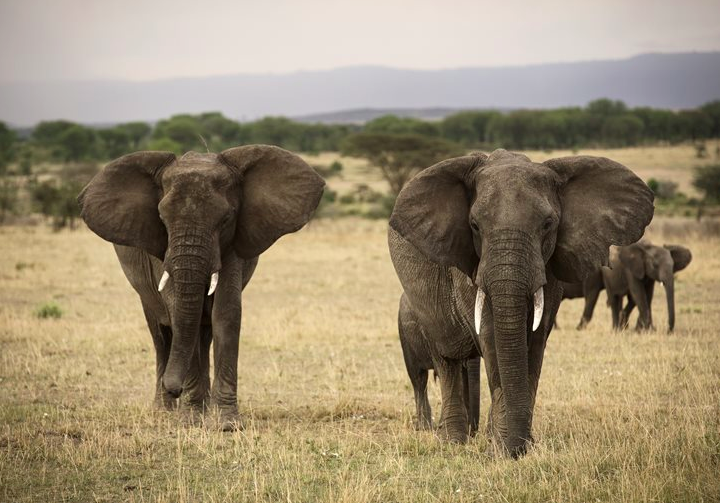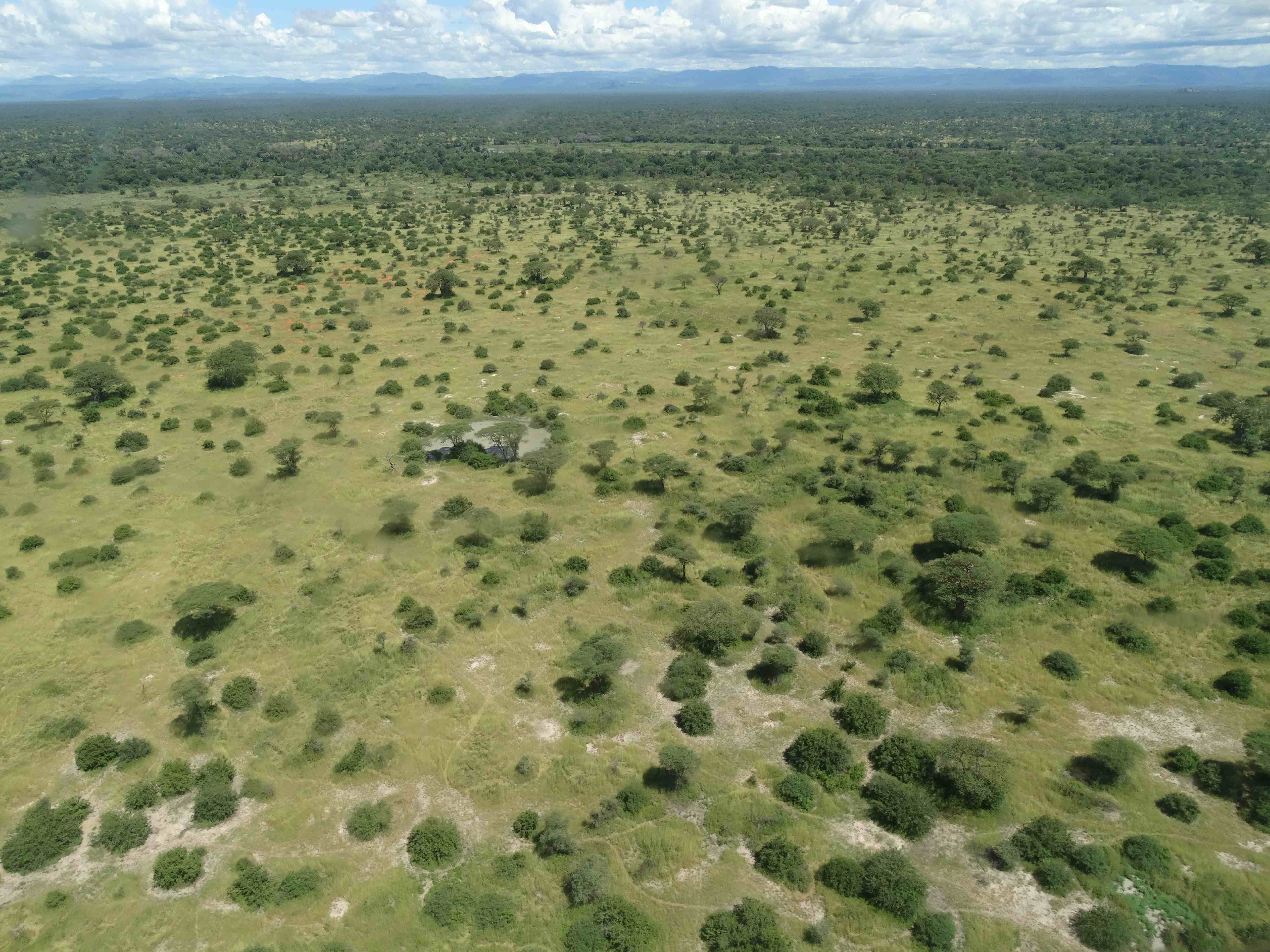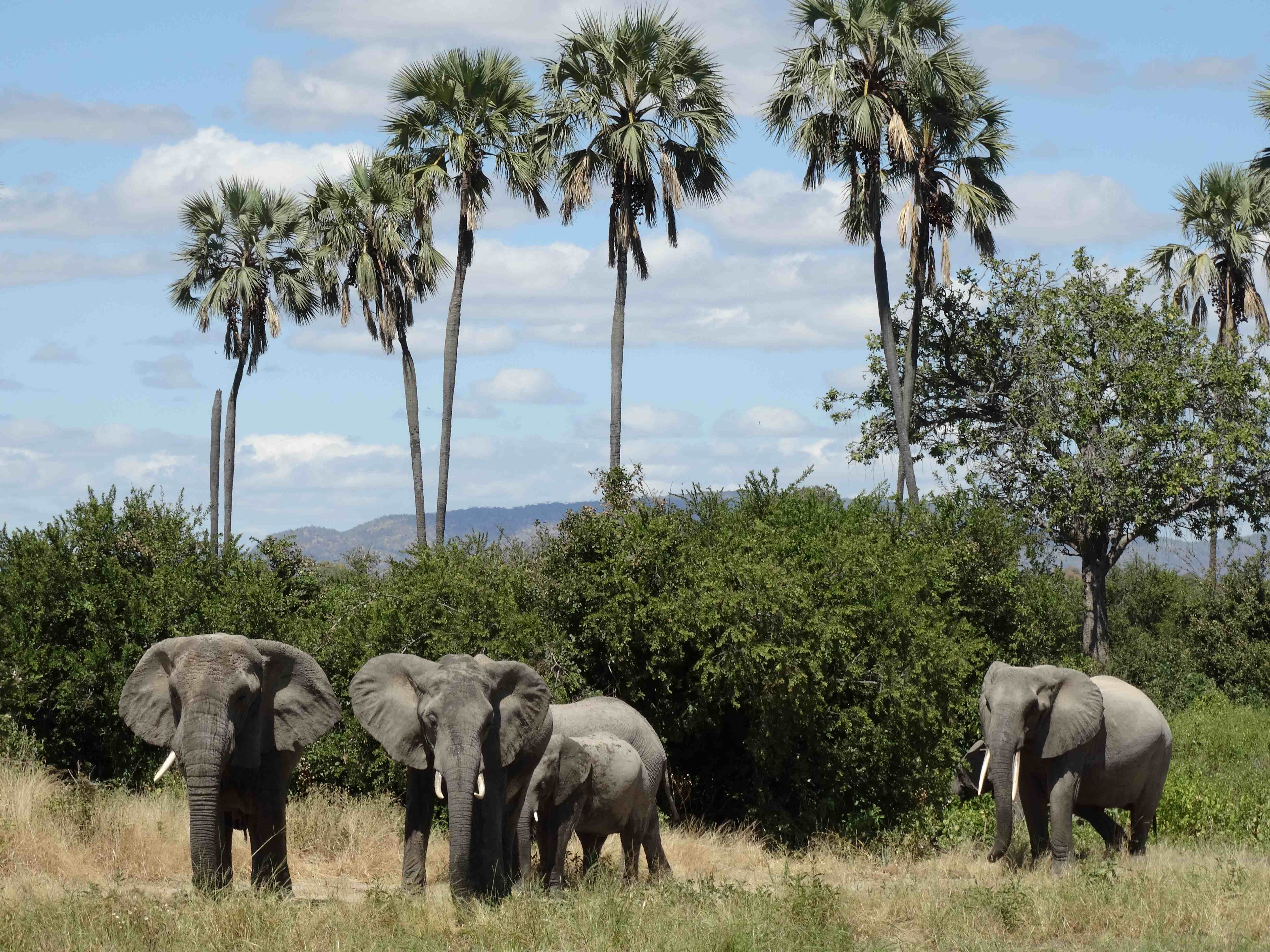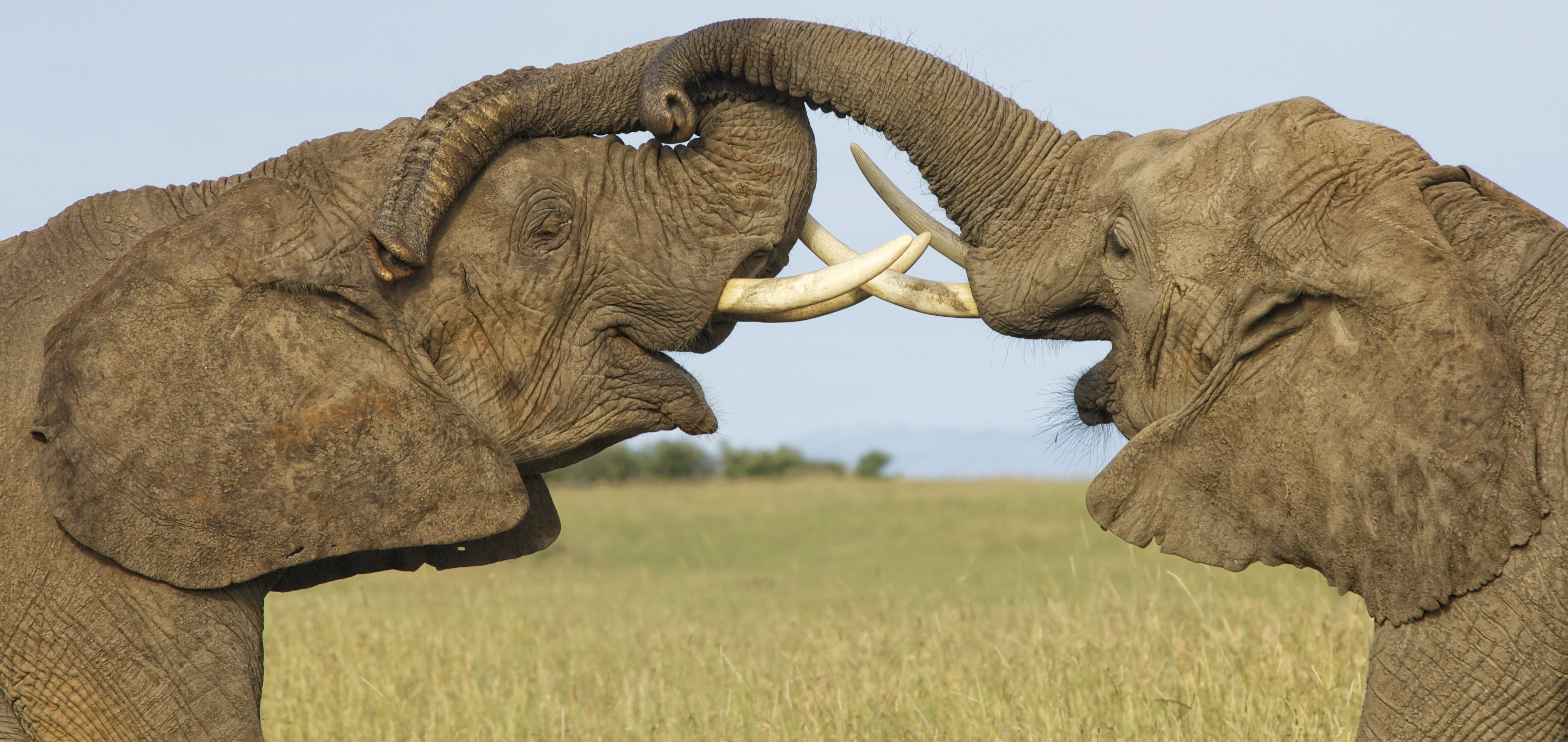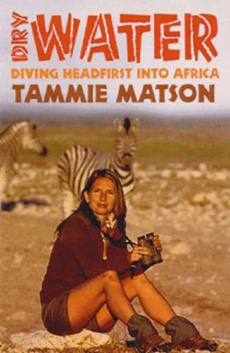Spotlight on Elephants in Tanzania
My last post about the state of African elephant poaching discussed the latest CITES report showing that less elephants are now being poached now than during the poaching peak in 2007, but also highlighted the fact that while some countries are doing better in terms of poaching (e.g. Kenya), others are still in big trouble and it’s no time to be complacent. Overall, there are still more elephants being poached than there are being born. Tanzania’s elephant population has taken a big hit and remains under serious threat for the ivory trade.
The shooting of British helicopter pilot, Roger Gower, by poachers in Tanzania, as the 37 year old man was conducting anti-poaching patrols over Maswa Game Reserve, shocked the world. This terrible loss of yet another person fighting against poaching is the tip of the iceberg of what’s been happening in this country over the past five years. Tanzania has lost more than half of its elephant population to poachers for ivory in the last 5 years, now estimated to be about 43,000, down from 109,000 in 2009, with Selous-Mikumi, Ruaha-Rungwa and Malagarasi Muyowosi ecosystems believed to have taken the biggest hits. That is TENS of THOUSANDS of elephants killed for ivory in a very short time, an appalling loss from a country that once boasted huge populations.

Roger Gower, the British helicopter pilot shot down during an anti poaching mission. Photo from BBC.
Globally, dozens of anti-poaching rangers die in the course of duty every year. We are losing too many people and too many elephants because of the ivory trade in numbers that are just not acceptable.
What is being done to turn the sheer scale of the poaching around in Tanzania? Since November last year, the country now has a new President, John Magufuli, who appears to be on a mission to root out corruption in general across Tanzania, and has appointed a task force to deal with the problem. We have seen some high profile arrests in recent months, including that of Chinese national Yang Geng Glan, the ‘ivory queen’, suspected of exporting thousands of tonnes of ivory to China, along with 1000 arrests since the formation of the task force. Tanzanian authorities say the poaching ring that killed Roger Gower has now been dismantled. As this blog goes out, 2 Chinese nationals have just been sentenced to 35 years jail for illegal possession of ivory and corrupt transactions.
It’s no small undertaking getting on top of a poaching problem that has become so endemic, rooted in corruption and greed. A good friend of mine from back in my past Namibian life, Aaron Nicholas, is on the ground in Ruaha, Tanzania, working as Program Director of the Ruaha-Katavi Landscape Program for the Wildlife Conservation Society. I asked him for an update on what’s been going on with Ruaha’s elephants and for his expert insights into this problem.
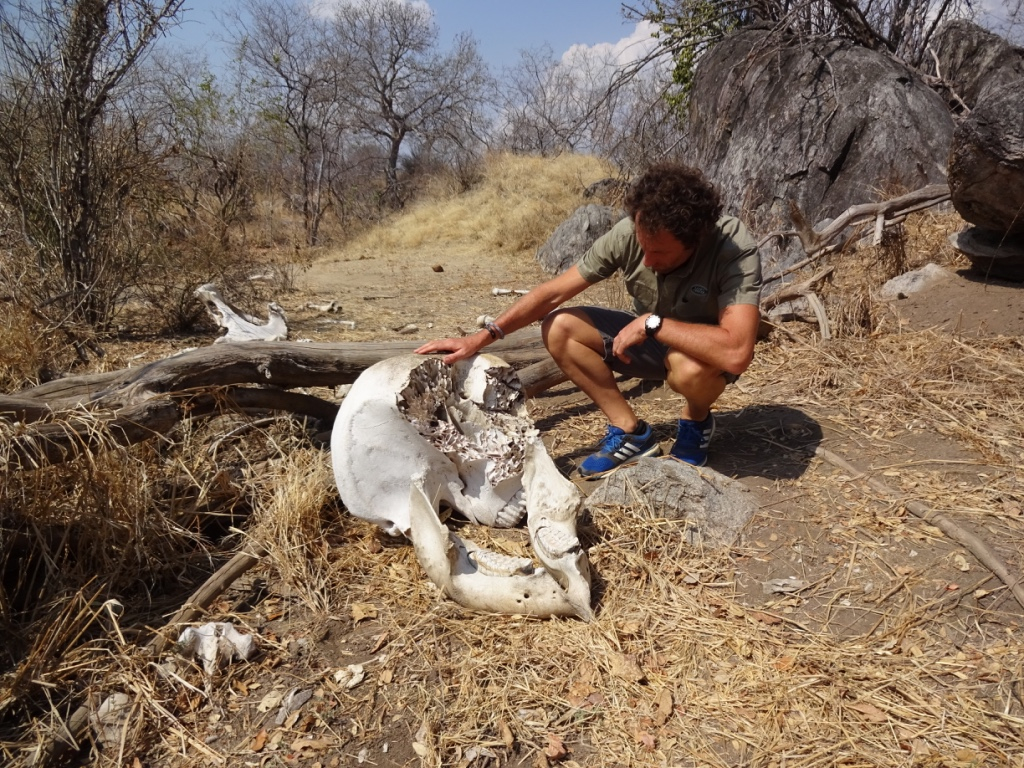
Aaron Nicholas, WCS program director in the Ruaha-Kativi landscape, investigates the skull of a poached elephant (credit: WCS Ruaha-Katavi Landscape Program)
Aaron, we’ve heard a lot of disturbing reports coming out of Tanzania. What is the future looking like for the country’s elephants, and in particular for those you’re focused on in Ruaha?
These are challenging times for Tanzania’s elephants for sure. The world has heard about the dramatic declines in elephant numbers in key elephant habitat such as the Selous Game Reserve and more recently the Ruaha-Rungwa landscape – the Selous population for example plummeted from around 35,000 in 2009 to around 13,000 by 2014, a staggering 66% loss, and although there is evidence to suggest the population is stabilizing there, poaching pressure continues to shift and the overall situation in Tanzania remains critical with the total elephant population presently standing at around 50,000, down from 109,000 in 2009.
It’s not all negatives. Landscapes in the north, where tourism is some ten times more buoyant than in the south have faired better and there is actually evidence of continued elephant population growth in places like the Serengeti and Tarangire. In the south however, elephants are still facing significant poaching pressure and this is where we are focusing our support to government and local communities.
What is WCS doing to try and combat the problem, and are you seeing results?
WCS has a long-standing presence and relationship with government here, having been present in Tanzania for the best part of 50 years. We have 5 well-established programs in Tanzania ranging from marine and coastal forest management to highland forest protection as well as Africa’s second longest running elephant monitoring program centered on Tarangire National Park.
Over the last 10 years or so we have focused in our area especially on building community engagement in wildlife conservation through the Wildlife Management Area approach- Tanzania’s take on Campfire, which is aimed at empowering communities to manage their wildlife and natural resources sustainably. In 2013 we made a commitment to partner with government to strengthen law enforcement efforts linked to elephant protection- this was the genesis of the Ruaha-Katavi Landscape Program, focused on East Africa’s largest remaining elephant population within this 115,000km2 landscape (almost twice the size of Tasmania).
We work with different wildlife authorities, establishing and strengthening capacities that have an immediate impact on poaching – for example, we have established a detection dog unit based in Ruaha National Park (they are just going operational now and will sniff out illegal cashes of ivory, arms and ammunition); trained more than 200 park rangers in law enforcement monitoring using a system called SMART and are deploying a specially equipped Cessna 206 in support of monitoring and coordination of field efforts. We support community wildlife scouts and are also planning advanced training for rangers and wildlife officers and working with other partners, especially the U.S. Government, to tackle the poachers head on.
There are signs that poaching is reducing in some key areas, but we will only be able to confirm this with certainty as these efforts continue to be embedded and our monitoring programs feed back results. Government is also stepping up, more rangers are being posted and just last week news came out that a special national anti-poaching unit will be constituted. We are starting to read about significant sentences being passed for ivory traffickers too with a number of individuals having been sentenced to 20 years of late for their involvement in the ivory trade. Above all, there are high expectations that President Magufuli will deliver on his anti corruption agenda within the wildlife sector as well.
What does a day’s work typically look like for you? (Many of my readers are aspiring conservationists and you are living their ‘dream job’!)
It’s mainly about coordination- ensuring that the 20 or so staff we have are able to deliver on their various roles, working with communities, wildlife authorities and other partners to strengthen capacities, engagement and commitment and ensuring that each of our teams efforts have as much multiplier effect as possible.
We have staff who engage with 46 or so communities within 4 Wildlife Management Areas, building the capacity of management authorities and helping establish effective governance and opportunities to derive natural resource based investment and benefits. Other staff liaise with national park, game reserve and Wildlife Management Area rangers as well as other law enforcement authorities- for example to ensure the detection dog unit can be effectively deployed. We also have ecologists who track wildlife trends, support wild dog and vulture monitoring and other important survey work. It’s an interesting and varied mixed bag!
I personally spend a lot of time coordinating our work with various partners and other agencies including USAID and the U.S. Embassy in particular who channel various forms of assistance to the field based on the various U.S. commitments to combatting wildlife trafficking. When I can I get into the field to maintain a sense of where we are with our efforts and once our Cessna 206 arrives I will take advantage of that key tool to get airborne regularly as well to visit all parts of this huge area. Being around elephants on the ground keeps you grounded too and there’s nothing I like more than grabbing a few hours sitting under a baobab and being awed by some pachyderm presence!
Can you tell us about any stories from the field that you’ve personally experienced that could give us a sense of what it’s like there on the ground?
I’ve had my fair share of close calls with poachers over the years and I’m pleased in many ways to be one step removed these days. To do this job though under these circumstances, it’s critical to have the experience of having been at the sharp end of things- rangers are the bedrock of protection activities and their daily commitment to this dangerous work can never be taken for granted.
Field conditions in our landscape can be very challenging in the wet season in particular, especially in the game reserves where sufficient resources to maintain an effective patrol presence are often lacking. We recently helped rangers in Rungwa game reserve re-establish year round presence in a strategically placed ranger post that has been abandoned for more than 10 years through the provision of transport and other essential field equipment and are also working with the U.S. Government to re-establish an effective radio system – these are the kind of practical actions that patrol teams need.
Having worked in conservation other countries like Namibia and Cameroon, you have a good perspective on the future of wildlife in Africa. How do you feel about this, given the Africa’s population is predicted to double by 205, and soar to over 11 billion by 2100. What gives you hope?
Population growth is certainly the biggest long-term challenge and we should certainly all be promoting family planning that’s for sure!
I take heart in that our landscape has relatively low population densities in many areas and issues of habitat connectivity for species such as elephants are certainly aspects that we can still achieve a great deal with. We are currently engaged in a process of working with key stakeholders to define and manage what would be East Africa’s most significant elephant corridor, connecting core elephant populations in the east and west of our landscape- these are the kind of initiatives that deserve as much effort as possible against the backdrop of increasing human populations and land-use change.
We hear a lot about the Serengeti and how amazing it is a tourist destination, famed for its migration of plains species. I personally have always wanted to go there and will be taking a group of travellers there with me in August 2017. Tell us a little about this part of the world.
An iconic globally recognized landscape that is guaranteed to connect you to Africa and its wildlife. Loose yourself in the endless horizons, soak up the wildlife dramas all around and remind yourself of the importance of thinking big to achieve meaningful conservation!
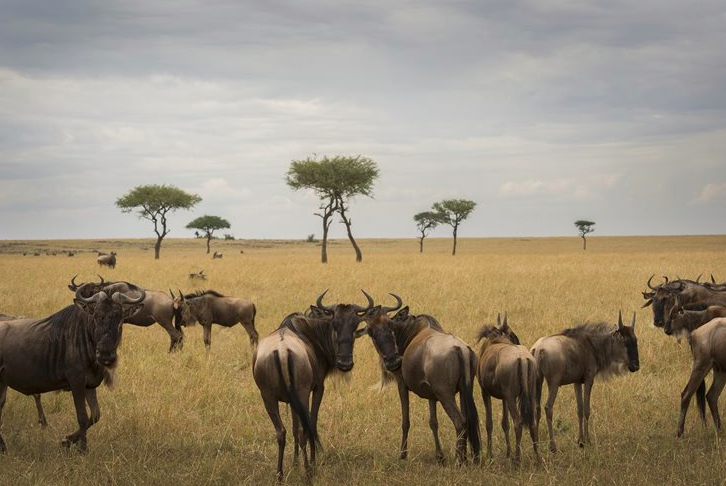
The famous Serengeti in Tanzania (credit: Asilia Africa) – get in touch with me now to sign up to join me there in August 2017!

